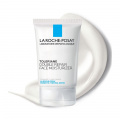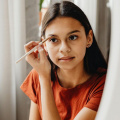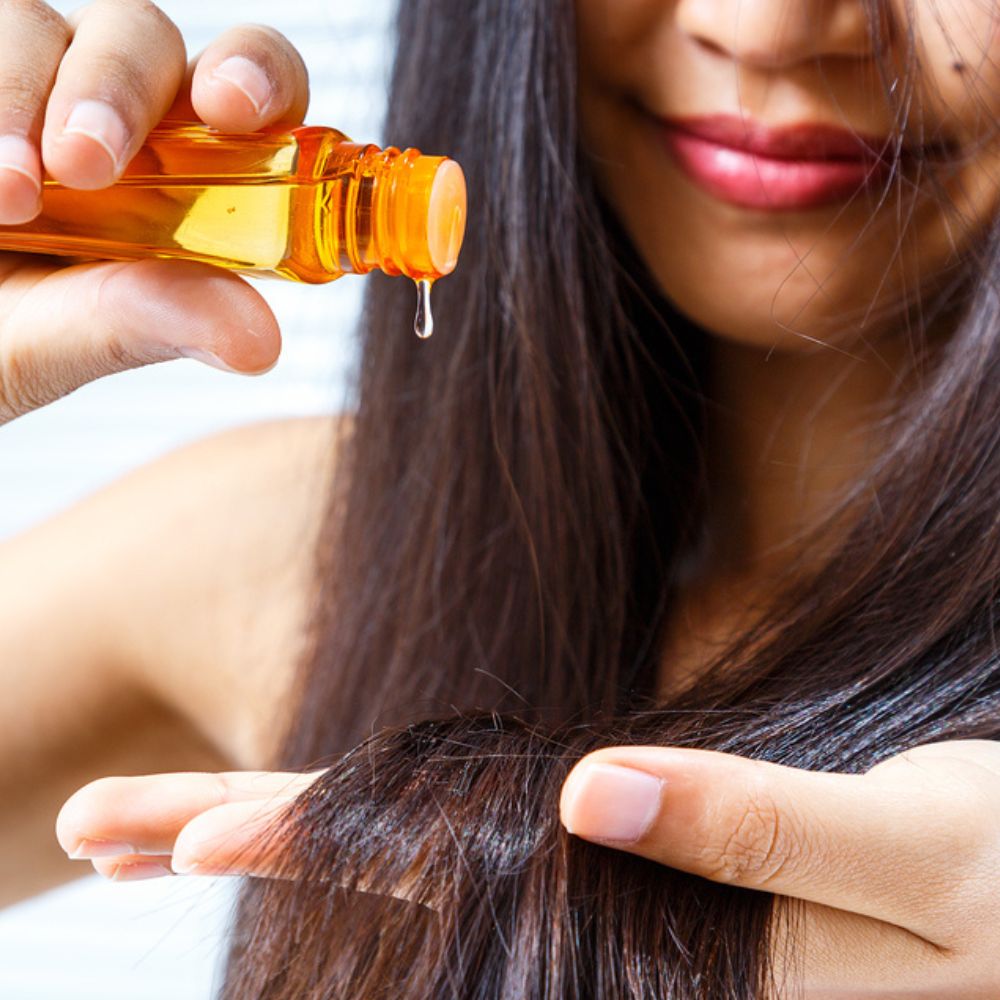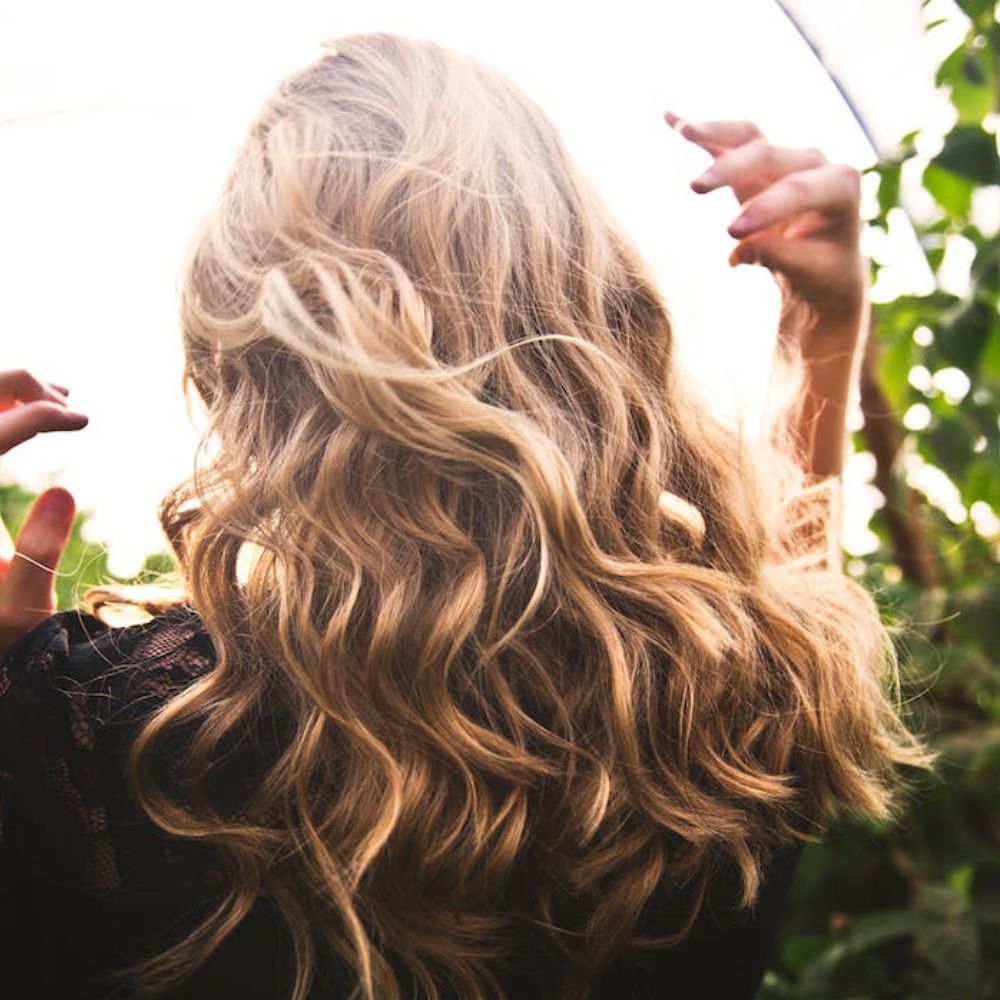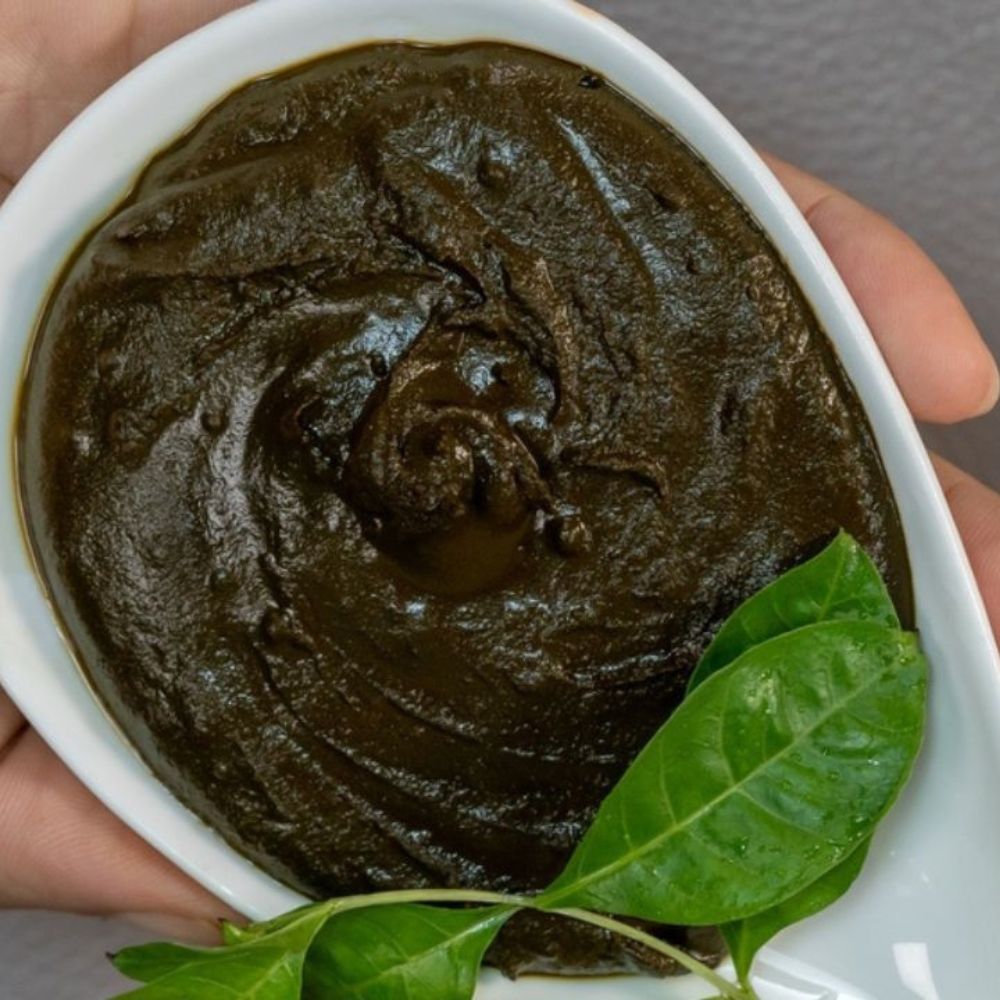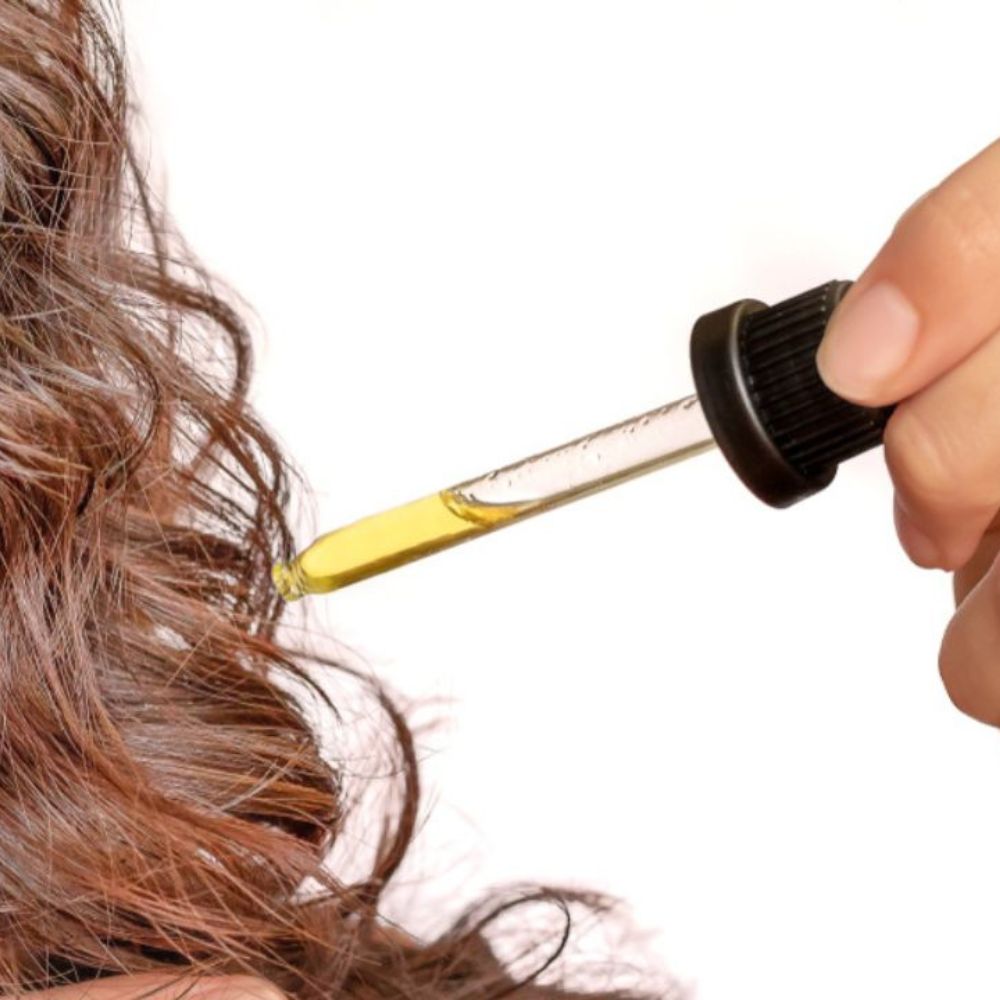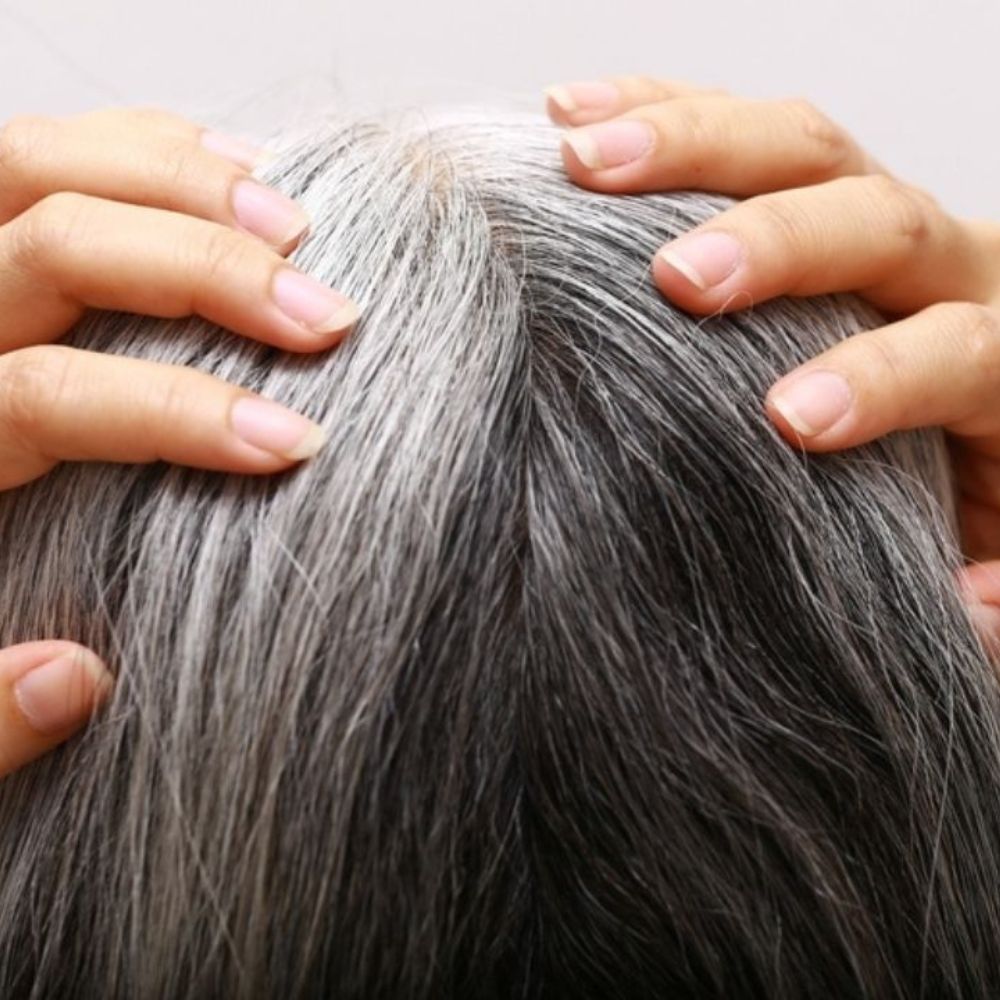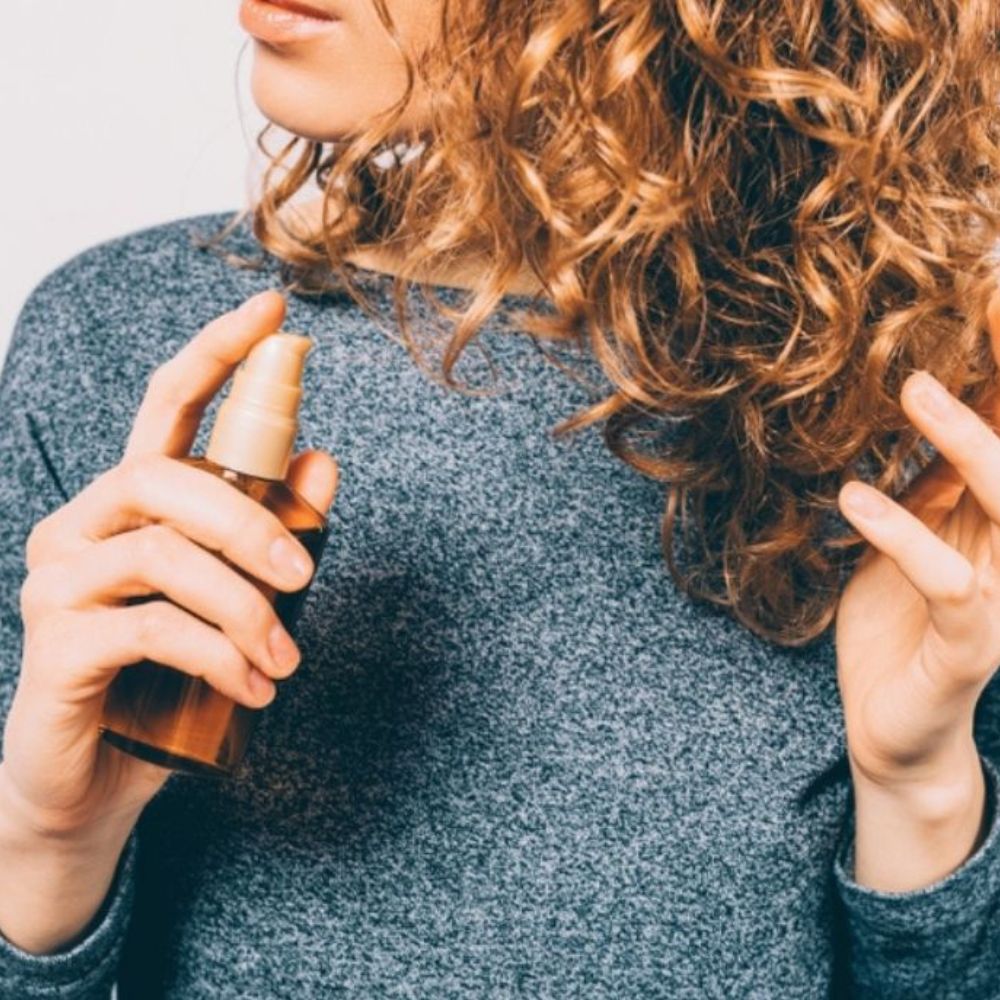Get a Hair Glow-Up by Bleaching Gray Hair to Brilliant Blonde
Discover the process of bleaching grey hair, its effects, potential damage, reversibility, and considerations to elevate the appearance of your lustrous locks.
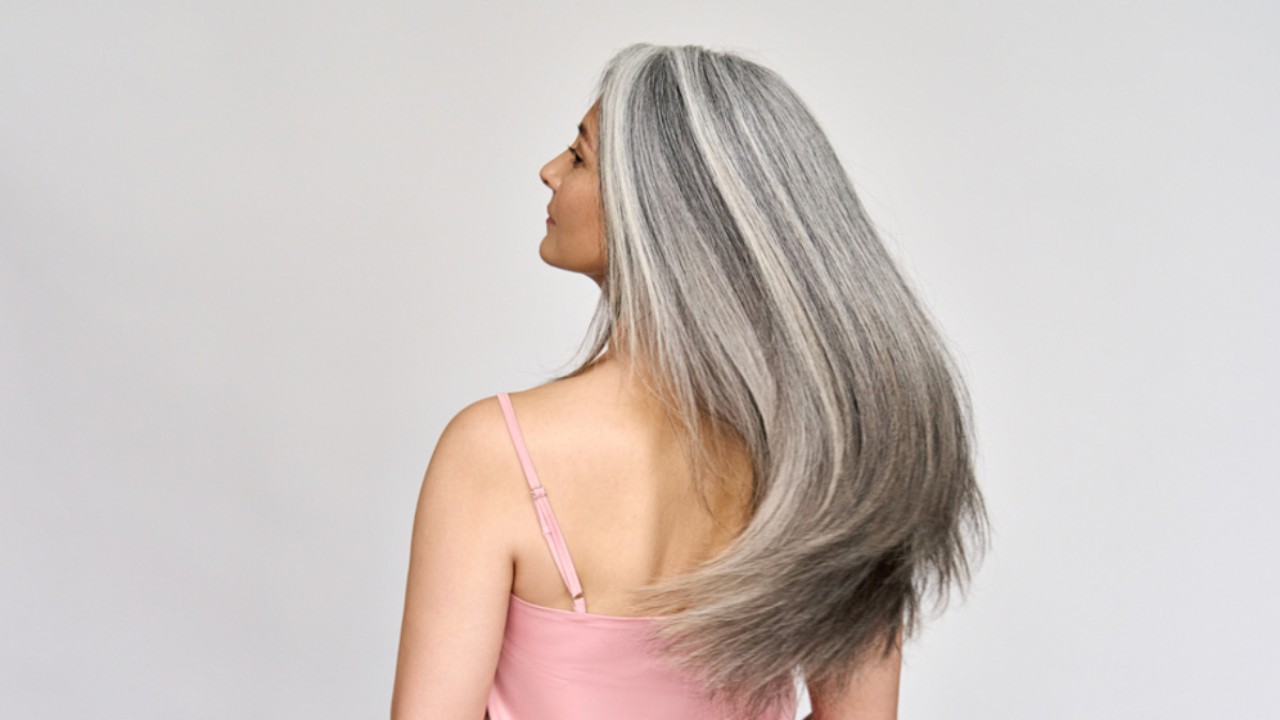
Bleaching gray hair is a chemical process that will help even out the appearance of your gray hair. Gray hair is a natural part of the aging process in which darker hair loses its pigment and appears white or gray. This change in hair color is primarily due to a decrease in the production of melanin which may be determined by several factors like genetics, age, ethnicity, hormonal levels, stress, etc (1). Other factors like vitamin B12 deficiency and thyroid conditions can also cause premature graying of hair (2).
Embracing aging by flaunting your gray locks is a great choice to make as it will also help you preserve your hair health. Gray or silver strands can be structurally different from pigmented hair as it becomes more porous, brittle, thinner, dryer, and fragile. However, if you desire more even and lighter-toned hair, you may consider dying them with artificial colors or chemically bleaching them. So, let us discuss more about the bleaching process for safe and stylish gray hair transitions.
Can You Bleach Gray Hair?
Yes, you can transform your bleached hair in gray color into a blonde, platinum blonde, or lighter shade of gray. Since gray hair has comparatively lower amounts of hair pigments, it can be actually easier to bleach.
Although bleaching may help change the overall appearance, it doesn't affect the newly grown hair, or directly lead to an increase in gray hair. However, the process can create a more uniform, blonde color by lifting the natural pigments, including the gray ones. This means that the contrast between gray and dark hair can be reduced, resulting in a more even appearance.
What Happens When You Put Bleach on Gray Hair?
When you put bleach on gray hair, the chemical reaction that takes place leads to the removal of the natural color pigments from the hair strands. Gray hair, which lacks melanin, is already lighter in color than pigmented hair, but bleach further lightens it by breaking down any remaining melanin and other pigments. When bleaching gray areas, you might not see a lot of difference in hair color. But using a bleaching mix on darker hair can help you get an even-looking hair over time.
The process involves using a mixture of chemicals, typically hydrogen peroxide, and ammonia, to break down the natural pigments in the hair shaft. As a result, the gray hair becomes even lighter or may take on a pale yellow or blonde tone, depending on the duration of the bleaching process.
However, it's important to be cautious when bleaching gray hair. Gray hair tends to be more fragile and porous due to the lack of melanin, which can make it more susceptible to damage during the bleaching process. Over-bleaching or using strong bleaching agents without proper care can lead to brittle and dry hair, more prone to breakage. Post-bleaching care, such as deep conditioning and using hair-strengthening products, is crucial to maintain the health and integrity of the hair strands.
How to Bleach Gray Hair at Home in the Right Way?
Bleaching hair is a chemical process that lightens the natural color of your hair. It's important to approach this process carefully to minimize damage and achieve the desired result. Here's a step-by-step guide on how to bleach hair at home without offering a visit to the hair salon:
Materials:
- Hair bleach powder
- Petroleum gel
- Developer (hydrogen peroxide)
- Mixing bowl
- Applicator brush
- Gloves
- Plastic or metal clips
- Old towel or cape
- Hair clips
- Aluminum foils
- Toning shampoo and conditioner (optional)
- Deep conditioning treatment
Instructions
- Prepare: Cover the area where you'll be working with an old towel or cape to prevent staining. Put on gloves to protect your hands. Apply petroleum gel around the vicinity of your hair such as the neck, forehead, ears, etc. to prevent any damage to the skin surface.
- Mix: In a mixing bowl, combine the hair bleach powder with the developer. Follow the manufacturer's instructions on the ratio of bleach to developer. Mix until you get a smooth and creamy consistency.
- Section Your Hair: Divide your hair into small sections using hair clips. This will make the application process easier, and manageable and ensure even coverage.
- Apply the Bleach: Starting from the back and working your way to the front, use the applicator brush to apply the bleach mixture to your hair. Begin at the ends and work your way up. Avoid bleaching the roots immediately, rather wait until you have finished bleaching the ends of all the hair sections and then bleach the roots. This is because roots lighten faster than the ends due to the heat produced around the scalp. You may use aluminum foils to cover each section to help them process faster. Be careful not to apply the bleach directly to your scalp as it will cause irritation.
- Let it Process: The processing time varies based on your hair's natural color, the desired level of lightness, and the bleach used. Check the packaging for recommended timing. Keep a close eye on your hair during the process to avoid over-bleaching as it will cause breakage to the hair strands.
- Check the Color Development: Gently uncover the foil or wipe off a small section of the bleach to check the color development. If your hair has reached the desired level of lightness, you can proceed to the next step. If not, allow the bleach to process a bit longer, checking every 5-10 minutes.
- Rinse Thoroughly: Once your hair has reached the desired level of lightness, rinse it thoroughly with lukewarm water until the water runs clear. This step is crucial to remove all traces of bleach from your hair.
- Shampoo and Condition: Wash your hair with a gentle, color-safe shampoo, to remove any remaining bleach residue. Follow with a hydrating conditioner to restore moisture to your hair.
- Toning (Optional): If your hair has a brassy or uneven yellow tone after bleaching, you can use a toning shampoo or conditioner like a purple shampoo, blonde toner, or silver toner to neutralize unwanted undertones. Choose a toner that complements the desired shade. If you are wondering how to use purple shampoo after bleaching, here’s a tip: use it three days after the hair coloring process and rinse it off with a mild conditioner to hide white streaks and get beautiful-colored hair.
- Deep Conditioning: After bleaching, your hair will likely be more porous and prone to dryness. Use a deep conditioning treatment to restore moisture and improve the overall health of your hair.
It is highly recommended that you consider a few aspects of your hair history and current structure before bleaching. The more frequently you have made changes to your natural hair color in the past, the more careful you should be while treating your gray hair blonde, or white hair. Your hair's length is another factor to consider as depending on it, you should plan the transition to gray or white hair with increasing care. Bleaching can negatively affect your hair if you have textured, curly, or coiled hair. Additionally, attempting to heat style your textured hair following bleaching could result in a yellowish hue. Thus, seeking help from a hair care professional assistance for bleaching textured hair and a follow-up with toning after the bleaching process done at home is advisable.
Can I Bleach Gray Hair to White?
Yes, you can bleach gray hair to white easily. If you're looking to achieve a white hair color, it's important to understand that this might require multiple bleach sessions, especially if you had colored hair before which may be damaging to hair. White hair is typically achieved through a combination of bleaching and toning with specific color formulations that neutralize any remaining yellow or brassy tones. Therefore, it is best advised to seek the help of a professional who will determine the quality, texture, and health of your hair before carrying out this intensive bleach process to turn your gray hair to white.
Conclusion
Bleaching gray hair to achieve a lighter hair color is a way to achieve a more uniform hair color. But, since gray hair is structurally weaker and coarser than pigmented hair, it's crucial to approach the process with caution and proper care. You can bleach your hair at home by following the steps mentioned above. Make sure to take care of hair after bleaching it — use nourishing masks to keep your tresses soft and healthy. Also, keep in mind your hair’s natural color when bleaching your hair. You can use a shade darker than your natural hair color to get the best results. However, if you feel confused about the shade or are not confident about the process, then it's highly recommended that you seek the expertise of a professional colorist or hair stylist. They will assess the condition of your hair and then recommend the appropriate bleach strength and timing, and also provide guidance on aftercare. This will also ensure that your fragile gray hair is treated in a controlled and safe manner.





 JOIN OUR WHATSAPP CHANNEL
JOIN OUR WHATSAPP CHANNEL






































